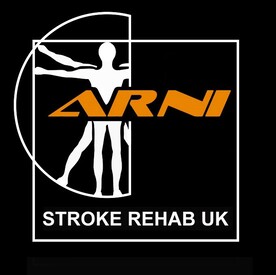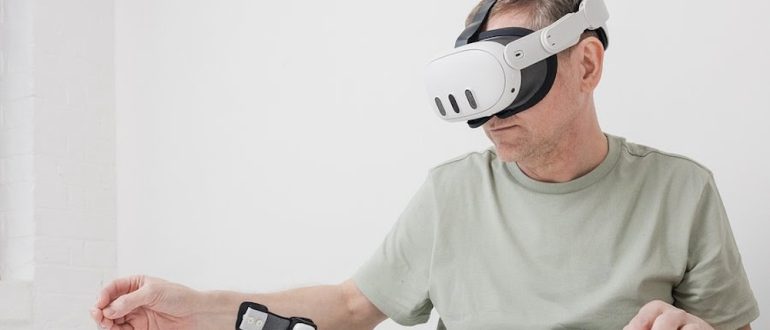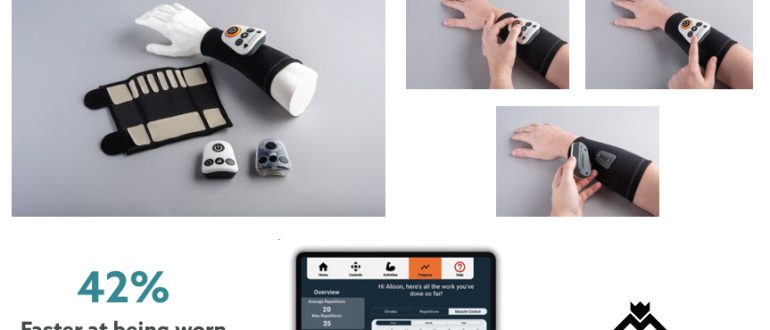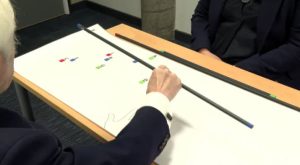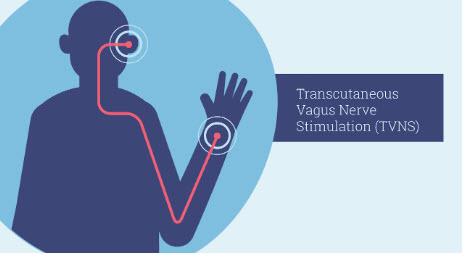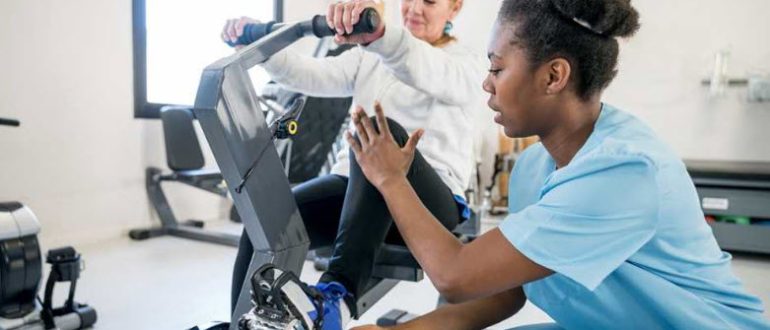The HIT-Stroke Trial 2 RCT is underway (in protocol stage). It examines moderate-intensity exercise versus high-intensity interval training to determine the optimal training intensity for walking rehabilitation in chronic stroke.
Current practice guidelines recommend moderate to vigorous intensity locomotor training to improve walking outcomes in chronic stroke. But these intensities span a wide range, and the lack of specificity may lead to under-dosing or over-dosing of training intensity.
We are sure that you already know that the evidence indicates that vigorous intensity locomotor training improves walking outcomes significantly more than moderate intensity. But previous studies have not been powered to rule out the possibility of meaningful risk increases or negligible benefit with vigorous versus moderate intensity, nor have they been designed to compare sustained effects after training ends.
In this single-blind, 3-site, randomized trial, 156 chronic (>6 months) stroke survivors will be allocated to 36 sessions (3 times a week for 12 weeks) of either high intensity interval or moderate intensity continuous locomotor training. Outcomes are assessed at baseline, after 4 weeks, 8 weeks, 12 weeks (POST), and 3 months after completing training.
The primary outcome is walking capacity (6-minute walk distance). Secondary outcomes include comfortable and fast gait speed, aerobic capacity, fatigue, balance confidence, quality of life, and motivation for exercise. Statistical analyses will compare outcome changes and adverse events between treatment groups, and will include subgrouping by walking limitation severity.
This study by Christine Garrity (Department of Rehabilitation, University of Cincinnati) and colleagues will hopefully provide important new information to guide greater specificity and individualization of locomotor training intensity in chronic stroke.
